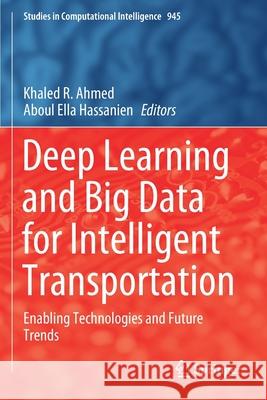Deep Learning and Big Data for Intelligent Transportation: Enabling Technologies and Future Trends » książka
topmenu
Deep Learning and Big Data for Intelligent Transportation: Enabling Technologies and Future Trends
ISBN-13: 9783030656638 / Angielski / Miękka / 2022 / 276 str.
Deep Learning and Big Data for Intelligent Transportation: Enabling Technologies and Future Trends
ISBN-13: 9783030656638 / Angielski / Miękka / 2022 / 276 str.
cena 682,72
(netto: 650,21 VAT: 5%)
Najniższa cena z 30 dni: 655,41
(netto: 650,21 VAT: 5%)
Najniższa cena z 30 dni: 655,41
Termin realizacji zamówienia:
ok. 22 dni roboczych
Dostawa w 2026 r.
ok. 22 dni roboczych
Dostawa w 2026 r.
Darmowa dostawa!
Kategorie:
Kategorie BISAC:
Wydawca:
Springer
Język:
Angielski
ISBN-13:
9783030656638
Rok wydania:
2022
Ilość stron:
276
Waga:
0.39 kg
Wymiary:
23.39 x 15.6 x 1.47
Oprawa:
Miękka
Wolumenów:
01
Dodatkowe informacje:
Wydanie ilustrowane











